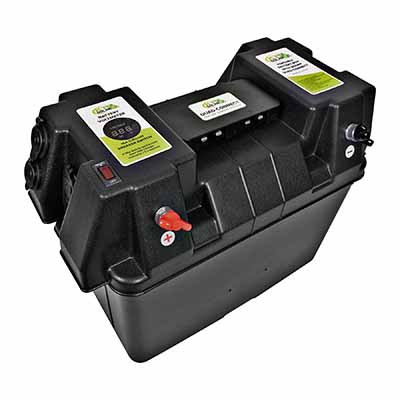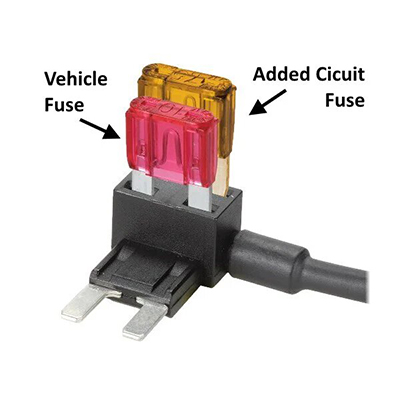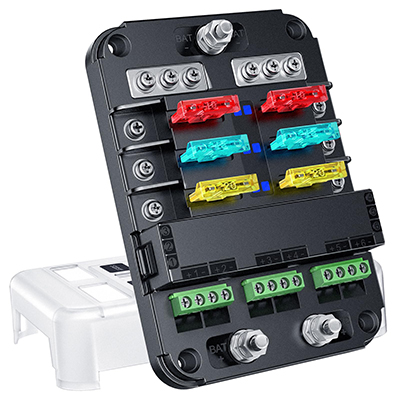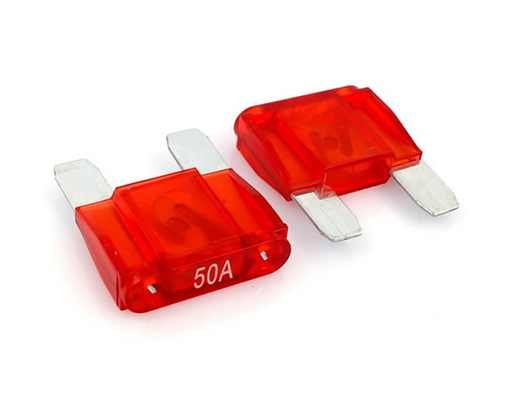Essential Techniques for Stabilizing a Vehicle Battery Box to Avoid Movement on Roads
News 2025-10-20
Securing a car battery box is crucial for vehicle safety and performance. During drives, especially on uneven or bumpy roads, an unsecured battery can shift, leading to potential short circuits, damage to the battery or surrounding components, and even accidents. This issue is particularly relevant in scenarios like off-road adventures or daily commutes in areas with poor road conditions. By ensuring the battery box remains stable, drivers can prevent costly repairs and maintain optimal vehicle functionality. Proper securing enhances reliability and longevity, making it a key aspect of routine vehicle maintenance.

Choosing the Right Securing Components
Battery box stability depends on selecting high-quality materials designed for automotive use. Opt for sturdy mounting brackets, heavy-duty straps, or adhesive pads that can withstand vibrations and impacts. These components offer superior performance advantages, such as corrosion resistance and high tensile strength, which are essential in diverse driving conditions. For instance, in humid or salty environments, using rust-proof materials ensures longevity and reduces the risk of failure, thereby enhancing overall vehicle safety and efficiency.
Installation Best Practices
Proper installation involves several key steps to ensure the battery box is firmly fixed. Begin by cleaning the mounting area to remove any debris, then position the battery securely using manufacturer-recommended brackets. Tighten all fasteners to the specified torque to avoid over-tightening, which could crack components. This method not only prevents movement during high-speed drives but also improves electrical connections, reducing the chance of power disruptions. Regularly applying this approach can significantly boost the battery’s lifespan and contribute to smoother vehicle operation.
Maintenance and Inspection Tips
Regular checks are vital to maintain the integrity of the securing system. Inspect the battery box and its fasteners for wear or looseness after every major trip or at least biannually. Use tools like a multimeter to verify connections and ensure no play in the mounting. This proactive maintenance helps in identifying issues early, preserving the battery’s performance and preventing unexpected failures. By adhering to these practices, drivers can enjoy enhanced safety and reliability, particularly in demanding driving scenarios.
Related Questions and Answers
1. What are common signs of a loose battery box?
Answer: Signs include rattling noises under the hood, flickering lights, or difficulty starting the engine, indicating immediate attention is needed.
2. Are there specific tools required for securing?
Answer: Essential tools include a socket wrench set, screwdrivers, and possibly a torque wrench to ensure proper tightening without damage.
3. How does securing affect battery life?
Answer: It reduces vibration-induced wear, potentially extending battery life by up to 20% and maintaining consistent performance over time.


